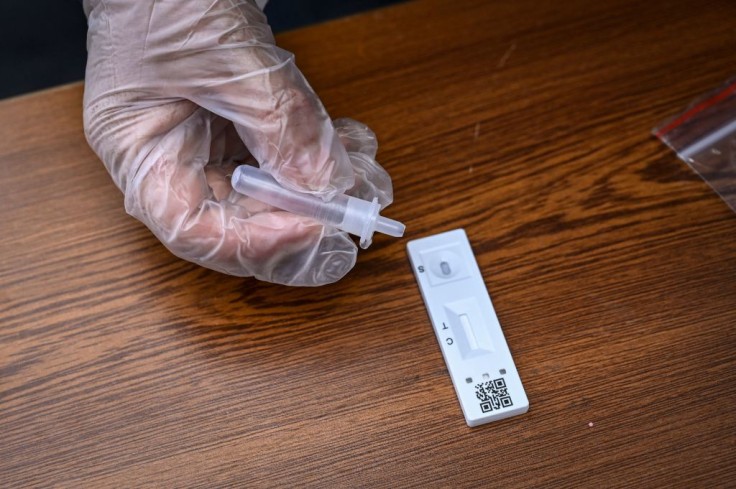
Federal data suggests that COVID-19 infections are increasing earlier this summer than last year across a larger portion of the country. A new variant, LB.1, may soon become the dominant strain.
Western States Expecting Rapid Increase of COVID-19
The CDC reveals, after so many months, that no states or territories reported a decline in COVID-19 infections last week. Western states are experiencing the most rapid increase, with key virus indicators rising sharply since the beginning of the month.
Wastewater virus levels in the western region, an early indicator of rising cases, are nearing the "high" infection risk threshold set by the CDC. Nursing home COVID-19 cases have also surged recently in this area.
In HHS Region 9, spanning from Arizona to Hawaii, approximately 1.23% of visits to emergency rooms were attributed to COVID-19. This is the highest average for the region since early February.
Historically, authorities have tracked COVID-19 surges following a spring lull, though the timing varies each year. Last year, the increase didn't start nationwide until late July, with emergency room trends peaking in late August and early September, coinciding with the rollout of a new vaccine shot.
"For flu and RSV, we have years of data showing similar trends. With COVID, that predictability doesn't exist," said Ruth Link-Gelles of the CDC at a recent FDA meeting.
The CDC is now tracking two new variants, KP.3 and LB.1, which are increasing in proportion nationwide. KP.3 now accounts for about a third of cases, up from 25% two weeks ago, while LB.1 makes up 17.5% of cases.
Both variants are overtaking KP.2, which had become dominant last month. According to the CDC's forecasts, LB.1 is expected to potentially exceed KP.3 in the near future.
All three variants are descendants of the JN.1 strain that caused a wave last winter. "These variants arose quickly. We had to react promptly," said Dr. Peter Marks of the FDA.
Marks spoke at a webinar defending the FDA's recent decision to choose KP.2 for Moderna and Pfizer's updated fall vaccines, reversing an earlier preference for JN.1. Although the decision wasn't based on "iron-clad evidence," officials hope it will offer better protection against current strains.
Since the FDA's decision, the CDC has tracked the rise of KP.3 and LB.1 over KP.2. It's unclear if the CDC has noted any changes in the severity of KP.3 or LB.1.
Early lab data from Japan, which is not yet peer-reviewed, suggests that a mutation in LB.1, called S:S31del, might enable it to spread faster.
Symptoms Associated with KP.3 Variant
According to CDC spokesperson Rosa Norman, the KP.3 variant, like JN.1 and the "FLiRT" variants KP.1.1 and KP.2, belongs to the Omicron lineage and is considered a sublineage of JN.1.
Regarding symptoms associated with KP.3, Norman indicated they mirror those of JN.1. These symptoms include:
- Fever or chills
- Cough
- Sore throat
- Congestion or runny nose
- Headache
- Muscle aches
- Difficulty breathing
- Fatigue
- New loss of taste or smell
- "Brain fog" (feeling less alert and aware)
- Gastrointestinal symptoms (upset stomach, mild diarrhea, vomiting)
The CDC explains that this list may not cover all possible symptoms, and symptoms could change with new variants and differ among individuals.
Related Article: FDA Advises COVID Vaccine Update for KP.2 Strain Amid Rising Cases